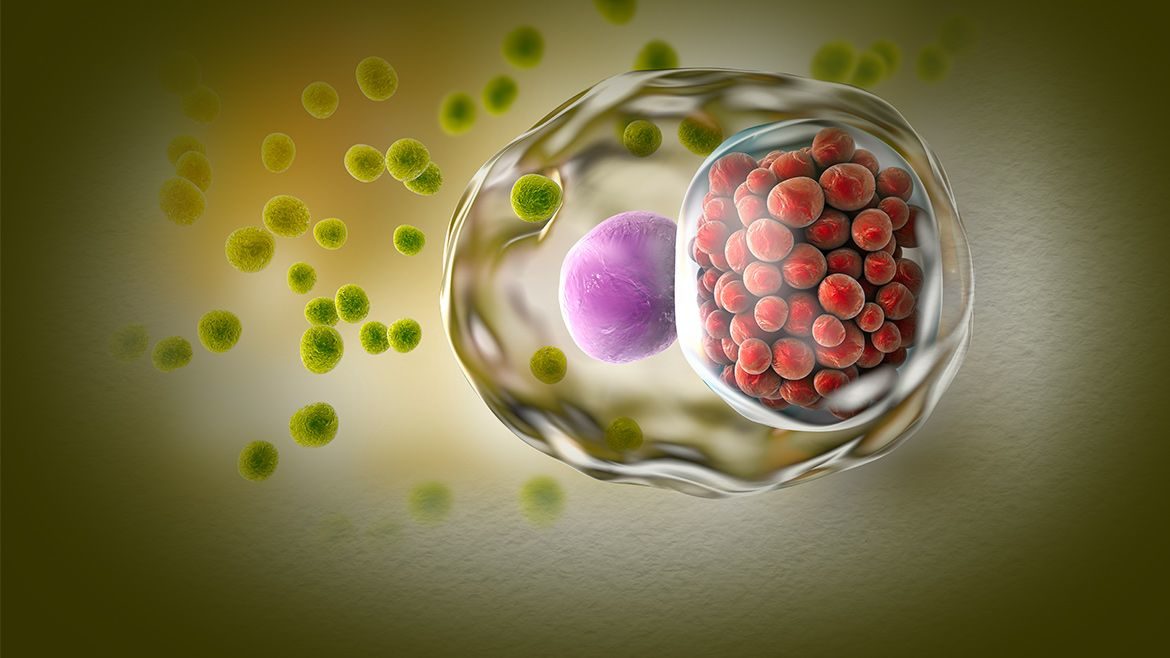Those figures include an alarming increase in congenital syphilis, which occurs when an infected mother passes the disease to her baby during pregnancy. Congenital syphilis led to 94 newborn deaths in 2018, the CDC said.
Half the STDs were reported in people between the ages of 15 and 24. Men who have sex with men were also disproportionately affected by the increase in STD rates. The CDC noted that its figures underestimate the total number of STDs nationwide because many people with these conditions don't show symptoms.
STD rates had been gradually declining for decades until the trend reversed in recent years. In the mid-2000s, "gonorrhea rates were at historic lows, syphilis was close to elimination," the CDC said.
Why there's debate:
As with any public health issue, the causes are complex and multilayered. But a handful of factors have been identified as the primary drivers of the increased rates of STDs.
The CDC pointed to "deteriorating public health infrastructure" and "lack of access to health care" as major sources of the increase. A Trump administration policy that blocked certain health clinics from receiving federal money and rerouted some of those funds to religious health centers has been the target of specific criticism.
Other potential causes include the stigma of STDs, drug use, a decrease in condom use and poverty.
Some see the increased rates as a side effect of success in other areas. A push to make STD testing more accessible might be leading to more people being screened than before. Others posit that the effectiveness of HIV treatment and prevention has led to fewer people relying on condoms.
Perspectives
Federal funding is going to religious health centers that are ineffective as STD prevention
"The Trump administration's revised Title X rule has not only forced hundreds of clinics that provide comprehensive reproductive healthcare to forego federal funding ... but it's also allowed that money to go to organizations that are openly opposed to evidence-based methods of preventing STIs and unintended pregnancy, namely condoms and birth control." — Marie Solis, Vice
Some people may be getting STDs from nonsexual activities
"...the uptick in heterosexual syphilis transmission seems closely tied to recent drug use epidemics, and could potentially be addressed in tandem by offering better access to counseling and healthcare." — Rachel Feltman, Popular Science
Stigma against STDs makes people afraid of getting tested
"...if we keep fear-mongering the public, folks won't get tested, so we're stymieing our efforts before they even begin, and that's probably the most disheartening point of all." — Jenelle Marie Pierce, executive director of TheSTDProject.com, to Salon
Successful HIV treatments are leading to less reliance on condoms
"...there's been some concern about a shift toward riskier sexual behaviors [among men who have sex with men] — like not wearing condoms — that may be contributing to the rise in STDs. The reason for this shift has been explained by everything from the success in treating HIV (and therefore making unprotected sex less scary) to the advent of PrEP (pills that can prevent HIV)." — Julia Belluz, Vox
The Great Recession gutted federal health funding
"Certain STDs had been declining in the 1990s, and in 2000 syphilis was close to being eliminated. STDs simply weren't seen as much of a threat. ... But after the recession ended, state and local funding for STD programs never came back." — Olga Khazan, the Atlantic
Conservative abortion policies are leading to a broad decrease in sexual health
"...the surge is just one of the many expected negative outcomes of the Trump administration's assault on sexual and reproductive health — and there will be more to come." — Twanna A. Hines, NBC News
Comment: Right. The media have blamed Trump for everything else under the sun, why not the rise in STDs? Wait, isn't there some way we can blame Russia for this?
Higher rates may be the result of better, more available testing
"It's possible that the STD surges reported by the CDC may counterintuitively signal that public-health professionals are doing a good job — that is, finding more cases of often asymptomatic STDs." — Health expert Adriane Casalotti to Marketwatch
Sexual education isn't preparing young people for the risks of STDs
"It's alarming how they're concentrated among young people, and to me it really speaks to the need for us to up our game in educating young people on not only the basics of sex education but sexuality education and relationship education too." — University of Michigan professor Rob Stephenson to CNN




You know what else happened in that time? The internet explosion. Everyone went online around that time. Id put more blame on that than any political party. Now its the hook up apps on the smart phones.